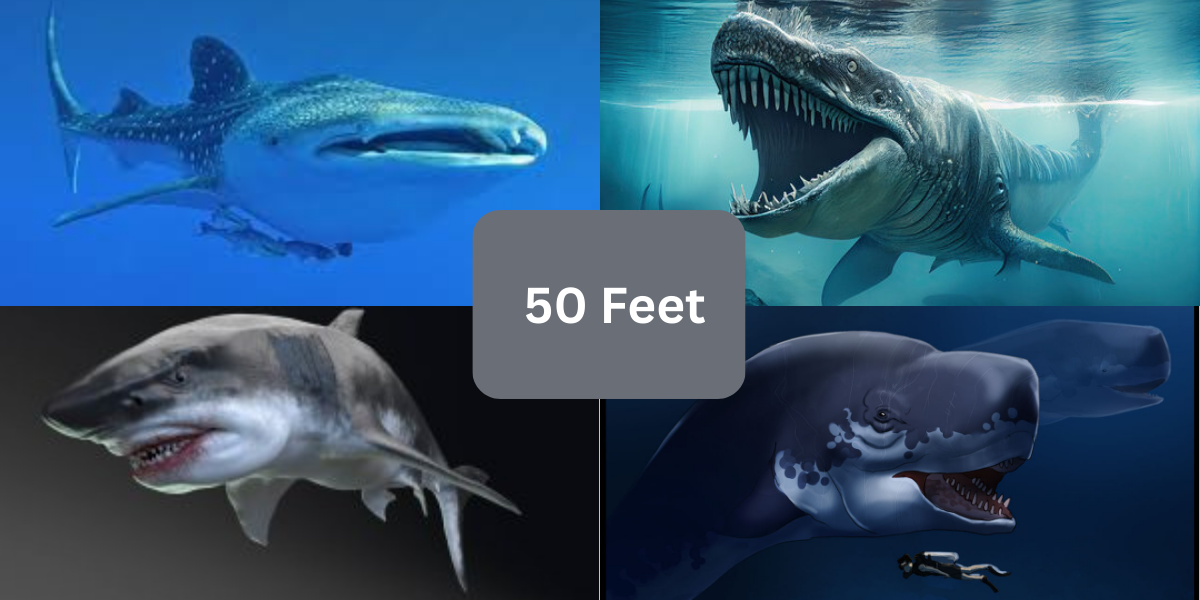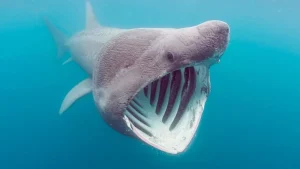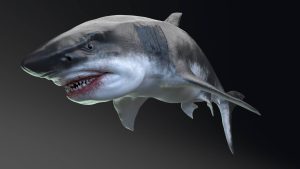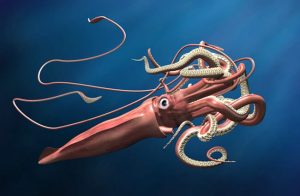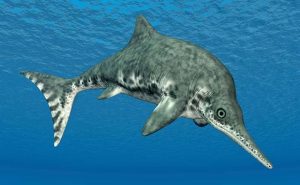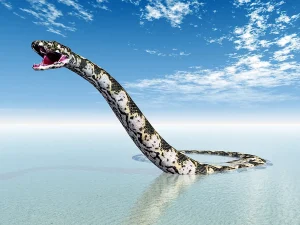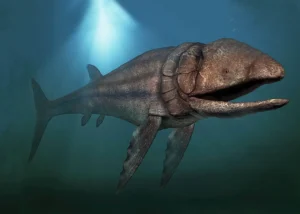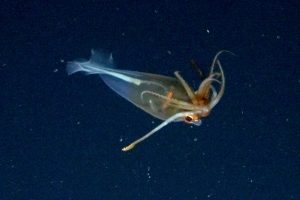Have you ever tried to picture just how big 50 feet really is? To put it in perspective, that’s longer than a school bus or a five-story building stacked on its side! In the animal kingdom, very few creatures ever reach this jaw-dropping length but the ones that do are truly remarkable.
In this article, we’ll dive deep into 13 animals that are about 50 feet long, from living giants in the ocean to prehistoric beasts of the past. Whether you’re a nature enthusiast, student, or simply curious about the extremes of animal size, this comprehensive guide will offer unique insights into these colossal creatures.
Why Animal Size Matters
Understanding the length of animals especially those that reach up to 50 feet gives us valuable insights into their:
- Evolutionary adaptations
- Survival strategies
- Ecosystem dominance
- Biomechanical structure and locomotion
Now, let’s dive into the giants of the animal world!
13 Animals That Are About 50 Feet Long
1. Sperm Whale (Physeter macrocephalus)
- Length: Up to 52 feet (males)
- Habitat: Deep oceans worldwide
- Notable Fact: Largest toothed predator on Earth
Sperm whales are the kings of the deep. Their long, cylindrical bodies and massive square heads make them unmistakable. Males commonly reach 50–52 feet, using echolocation to hunt giant squid over a mile beneath the surface.
2. Basking Shark (Cetorhinus maximus)
- Length: 45–50 feet
- Habitat: Temperate oceans, surface swimmers
- Notable Fact: Second-largest living fish
Despite their enormous size, basking sharks are gentle giants. They cruise near the surface with their mouths wide open, filtering plankton from the water. Their slow-moving nature and sheer size make them popular attractions for marine watchers.
3. Megalodon (†Otodus megalodon)
- Estimated Length: 50–60 feet
- Era: Miocene to Pliocene Epochs
- Notable Fact: Possibly the largest predatory shark ever
No list would be complete without the infamous megalodon a prehistoric shark that dwarfed even great whites. Though extinct for over 3 million years, its fossilized teeth and jaw remains suggest an average length of around 50 feet.
4. Reticulated Python (Python reticulatus)
- Typical Length: 20–30 feet
- Extreme Cases: Up to 50 feet (unconfirmed historical records)
- Habitat: Southeast Asia, rainforests
Although modern reticulated pythons rarely grow beyond 30 feet, there are historical claims of specimens reaching nearly 50 feet. While controversial, these reports highlight the potential extremities of reptilian growth.
5. Blue Whale Calf (Balaenoptera musculus)
- Length at Birth: ~50 feet
- Habitat: All oceans except the Arctic
- Notable Fact: Grows up to 100 feet as an adult
Even at birth, a blue whale calf is a giant measuring about 50 feet and weighing 2–3 tons. In just a few months, it doubles in size thanks to a high-fat milk diet, making it one of the fastest-growing animals on Earth.
6. Giant Squid (Architeuthis dux)
- Estimated Length: 40–50 feet
- Habitat: Deep ocean worldwide
- Notable Fact: Still elusive despite modern exploration
Few animals have sparked as much myth and fascination as the giant squid. Though rarely seen, specimens have been recorded around the 50-foot mark, including long tentacles and mantles. They’re deep-sea legends that inspired tales of the Kraken.
7. Ichthyosaur (†Shonisaurus popularis)
- Estimated Length: 50 feet
- Era: Late Triassic Period
- Notable Fact: Dolphin-like marine reptile
The Shonisaurus, a massive Ichthyosaur, looked like a blend of a whale and a reptile. These sea creatures dominated the oceans over 200 million years ago, growing as long as 50 feet and weighing several tons.
8. Titanoboa (†Titanoboa cerrejonensis)
- Estimated Length: 42–50 feet
- Era: Paleocene Epoch
- Notable Fact: Largest snake ever discovered
Discovered in Colombia, Titanoboa could coil around a car. This prehistoric snake ruled the swamps of ancient South America and likely hunted giant turtles and crocodiles with ease.
9. Mosasaurus (†Mosasaurus hoffmannii)
- Estimated Length: ~50 feet
- Era: Late Cretaceous
- Notable Fact: Apex predator of its time
Featured in movies like Jurassic World, Mosasaurus was a marine lizard with a powerful jaw and flippers. Its massive size made it one of the most feared ocean predators during the dinosaur age.
10. Whale Shark (Rhincodon typus)
- Length: 45–50 feet
- Habitat: Tropical oceans
- Notable Fact: Largest living fish
The whale shark is often mistaken for a whale due to its size. These harmless filter feeders slowly glide through warm waters, consuming tons of plankton daily. Some individuals have been confirmed at just under 50 feet in length.
11. Livyatan (†Livyatan melvillei)
- Estimated Length: ~50 feet
- Era: Miocene Epoch
- Notable Fact: Ancient sperm whale with giant teeth
Named after the biblical sea monster, Livyatan was a massive predator with teeth longer than a foot. It likely competed with megalodon for prey and used its powerful jaws to crush bones.
12. Leedsichthys (†Leedsichthys problematicus)
- Estimated Length: 50–60 feet
- Era: Jurassic Period
- Notable Fact: One of the largest fish ever
Despite its size, this fish fed similarly to today’s whale shark by filtering plankton. It lived in prehistoric seas and shows that ocean giants have existed across multiple eras.
13. Colossal Squid (Mesonychoteuthis hamiltoni)
- Estimated Length: Up to 50 feet
- Habitat: Southern Ocean (Antarctic waters)
- Notable Fact: Heavier and bulkier than giant squid
The colossal squid is not just long, it’s massive in girth. With rotating hooks on its tentacles and eyes the size of dinner plates, this elusive deep-sea creature is a rare sight but an incredible example of marine gigantism.
Size Comparison Chart: What Does 50 Feet Look Like?
| Animal | Approx. Length | Modern Equivalent |
|---|---|---|
| Sperm Whale | 52 ft | Large school bus |
| Megalodon | 50+ ft | Semi-truck trailer |
| Whale Shark | 45–50 ft | Two pickup trucks end-to-end |
| Blue Whale Calf | 50 ft | Full-sized billboard |
Why Are Some Animals So Huge?
Several factors contribute to animal gigantism:
- Buoyancy in water reduces gravity’s constraints
- Abundant food sources like plankton
- Evolutionary competition and niche dominance
- Thermoregulation benefits in large bodies
Frequently Asked Questions
Are there any land animals that reach 50 feet?
No known modern or extinct terrestrial animals have reached 50 feet in length. The longest land animal alive today is the reticulated python, which maxes out around 30 feet.
How long can a blue whale get?
Up to 100 feet, making it the largest animal ever—alive or extinct.
What’s the difference between a giant squid and a colossal squid?
Both are huge, but colossal squids are heavier and more muscular, while giant squids are longer and more flexible.
Conclusion
From deep-sea monsters to prehistoric reptiles, the animal kingdom continues to astonish us with creatures that stretch the limits of size. At around 50 feet long, these animals reflect both evolutionary marvel and biological extremes.
Whether you’re interested in marine biology, paleontology, or just curious about the biggest creatures to roam the Earth, these 13 animals showcase the awe-inspiring scale of nature’s designs.
this is tool Convert Inches to cm, mm, feet

